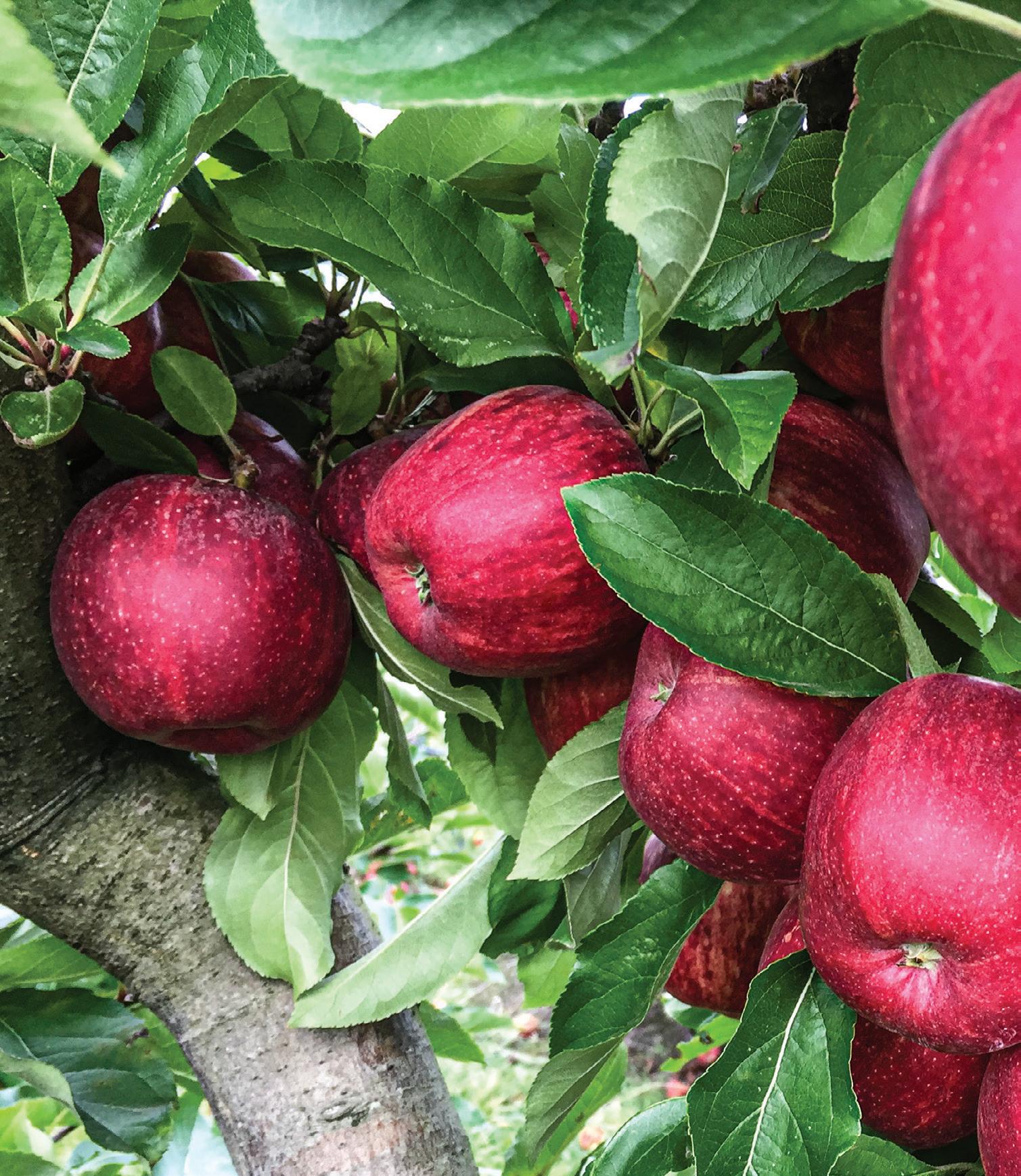Articles in the Plan365 section allow Farmlands suppliers to share best practice and the latest advances in rural technology, to help shareholders with their farming needs all year round.
Being rumen-ready for a lifetime on grass Calves will go through two weaning processes. One from a milk diet then to a hard feed diet. If both processes are managed well, we limit issues from grass intake, digestibility, growth checks, health issues and future milk production performance. Calves start practising rumination (cud chewing) from a young age – around 2 weeks – and by the time they are 4-6 weeks they are well on the way to ruminating for long periods. The whole idea was to start building capacity in the rumen as soon as possible. Obviously weaning in a timely manner is only one part of the total picture, we want to minimize any check to development. Weaning checks generally happen more with calves that were the overdrinkers and not the meal eaters. These calves would need to return to meal feeding for at least another 4 weeks after the milk diet ceases. This is a stressful time for a calf and it can suppress the immune system. Calves can fall sick with diseases that they would have been able to fight off if still on milk and meal. Weaning decisions on consumption of highquality grain-based feeds is the best indicator that the calves are nearly ready for a grass diet. This is when calves are consuming 1.5kg daily for Friesians and 1kg for Jersey types for at least 3 consecutive days and not just filling up on hay. Hay will not supply
WWW.FARMLANDS.CO.NZ
enough energy as grain does. This may require dropping the volume of milk fed or to fortify milk, so less volume is fed overall to see an increase in meal consumption. Keeping a minimum of 18 percent protein, high quality grain pellet in the calf diet for another 4 weeks will help deliver extra minerals, vitamins and a coccidiostat to prevent coccidiosis. This will support the calf during the stress of weaning while further supporting the developing rumen and avoiding weakening the immune system. The next most important ingredient to successful rumen development and for continued weight gain performance, is clean reachable water. This improves calf dry-matter intake and avoids any pathogens that are present in the old or topped up water. Paddock water troughs should be cleaned and checked daily that they have running water, no contamination, are not leaking and are easily reached. If cow minerals are running through the troughs, then we need to be careful that calves are not put at risk from excess minerals.
| Support calves through the stress of weaning by building rumen capacity.
well to maintain that advantage and to capitalize on that growth. Our job is to transition these animals well and in a timely manner. Then they will grow to be cost-effective forage
Regular weighing for daily weight gain after weaning identifies calves that are dropping behind, so they can be fed preferentially to catch up.
eaters that are efficient and productive.
Drench programmes, vaccines, minerals and facial eczema prevention should not be forgotten either. Calves that have grown well in the first 3 months must continue to be fed and managed
or the friendly team at your local
For more information, contact your Farmlands Technical Field Officer Farmlands store. Article supplied by Karen Fraser - NRM Technical Specialist
Farmlands Co-operative Society Limited | Š November 2020. All rights reserved.
THE FARMLANDER | 31














